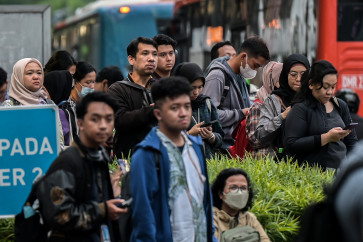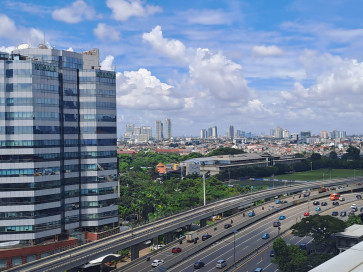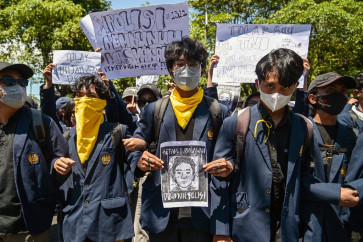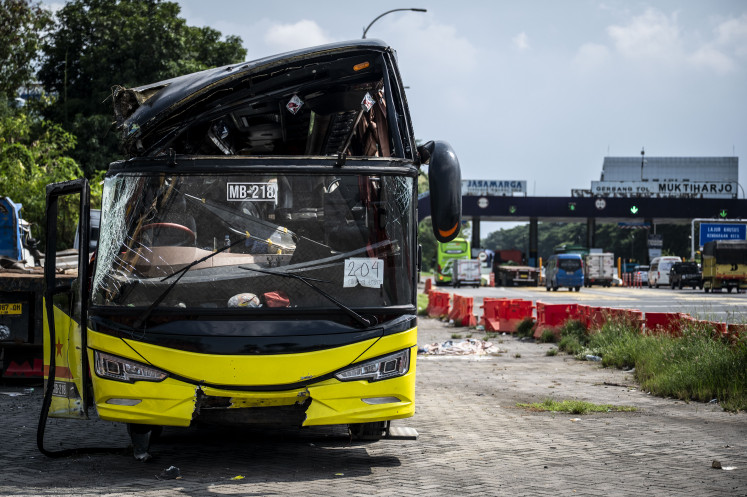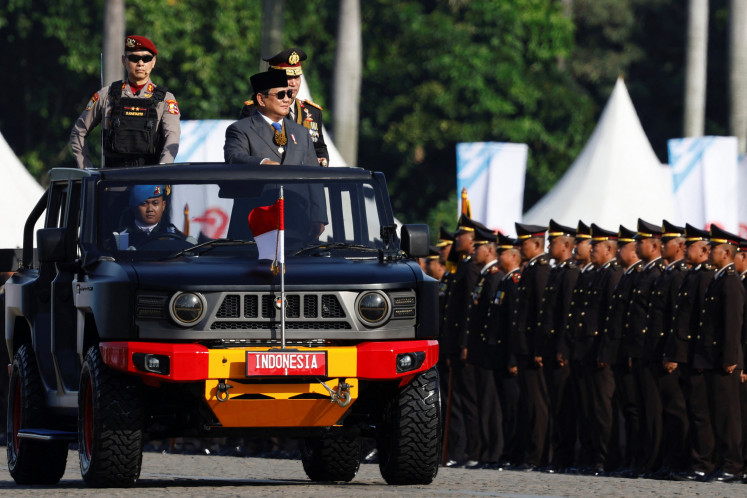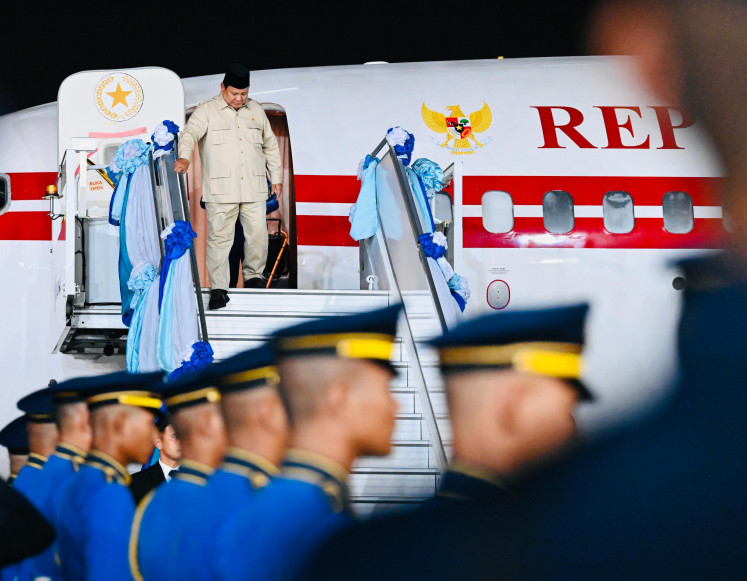Popular Reads
Top Results
Can't find what you're looking for?
View all search resultsPopular Reads
Top Results
Can't find what you're looking for?
View all search resultsNTB, NTT to receive more grants to improve cattle breeding
The West Nusa Tenggara (NTB) provincial administration, alongside East Nusa Tenggara (NTT), Papua and West Papua, will each receive a grant of Rp 203 billion (US$21 million) from the central government as they have been deemed successful in developing cattle breeding over the past three years
Change text size
Gift Premium Articles
to Anyone
T
he West Nusa Tenggara (NTB) provincial administration, alongside East Nusa Tenggara (NTT), Papua and West Papua, will each receive a grant of Rp 203 billion (US$21 million) from the central government as they have been deemed successful in developing cattle breeding over the past three years.
“We, including three other provinces, have been regarded as successful, so we will each receive a higher budget from the central government next year. It’s like a gift valued at Rp 203 billion,” NTB Animal Husbandry and Livestock Office head Herry Erpan Rayes said in Mataram recently.
The funds will be used to accelerate livestock population growth, especially cattle, and support the province’s primary livestock program.
Since 2009, NTB has been pushing for the NTB One Million Cattle program (NTB BSS), with a target of 1 million heads of cattle in the province by 2014. NTB also produces livestock products and supports the 2014 Meat Self-reliance program.
In 2010, 690,000 heads of cattle were recorded in NTB. The number has risen to more than 780,000 in 2011 and 839,000 as of August this year.
According to Erpan, the increasing cattle population in NTB, consisting of Lombok and Sumbawa islands, has exceeded its targets annually. In 2011, for instance, of the targeted 780,724 heads of cattle, 784,019 was accomplished, while in 2012, of the target of 897,832 heads of cattle, 839,345 has been accomplished as of August.
“We are upbeat that this year’s target would also be achieved,” Erpan said. He added that the supporting funds from the central government, through the Agriculture Ministry, had also further increased. In 2010, NTB were allocated Rp 35 billion and Rp 87 billion in 2011. “In 2013, we will get Rp 203 billion, aside from the regular budget,” he said.
Since the NTB BSS program was launched by NTB Governor Zainul Majdi in early 2009, said Erpan, the Husbandry Office had carried out six strategies, including increasing the number of productive cows, productive cow protection, reducing the risk of calf mortality and productive cow supervision.
For example, the budget was used for the procurement of cows for farming communities, and protection of productive cows from being slaughtered. The cows will be bought by the appointed farming communities. The rate of productive cow slaughter had previously reached 20 percent, but now it could be suppressed by up to 7 percent.
“If a community wishes to slaughter a productive cow, it would be replaced with a bull, or bought by an appointed group. This is aimed at maintaining the number of productive cows. It was hard in the beginning, but now the community is aware about it and productive cows are no longer being slaughtered at the slaughterhouse, except those outside supervision, such as when residents hold feasts and gatherings.
Based on NTB Husbandry Office data, at least 17 provinces have placed orders for beef cattle and cows, such as provinces in Sumatra, Kalimantan and Sulawesi.
“But, we have restricted supplies so as not to disturb the cattle population in NTB. We have allocated 22,000 heads of beef cattle and 13,000 cows annually,” he said.
According to Erpan, NTB has been categorized as beef reliance, where the supply of beef cattle stands at 81,000 heads annually, while the local demand is only 16,000 heads of cattle annually.
The success in raising the cattle population in NTB is attributed to the significant role of cattle breeders on Lombok and Sumbawa. Currently, more than 2,800 livestock farming communities are recorded in NTB. The sector includes around 211,000 families, or around 23 percent of the total number of families in NTB.
The livestock farming communities on Lombok breed cattle in collective enclosures and applying the intensive feed system, while those on Sumbawa use the “Lar” or “So” system, in which cattle is allowed to graze the grass plains and not in enclosures.


